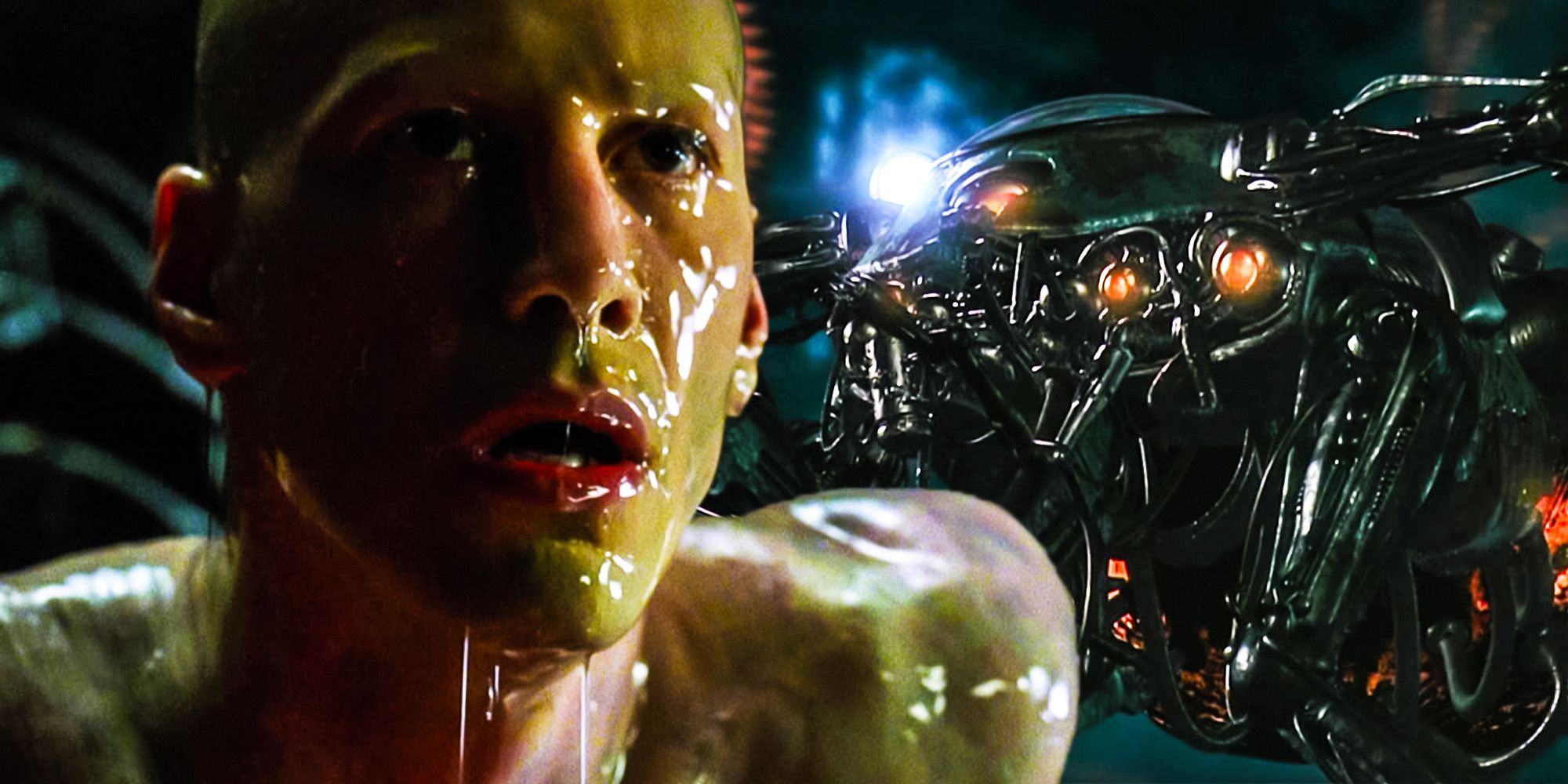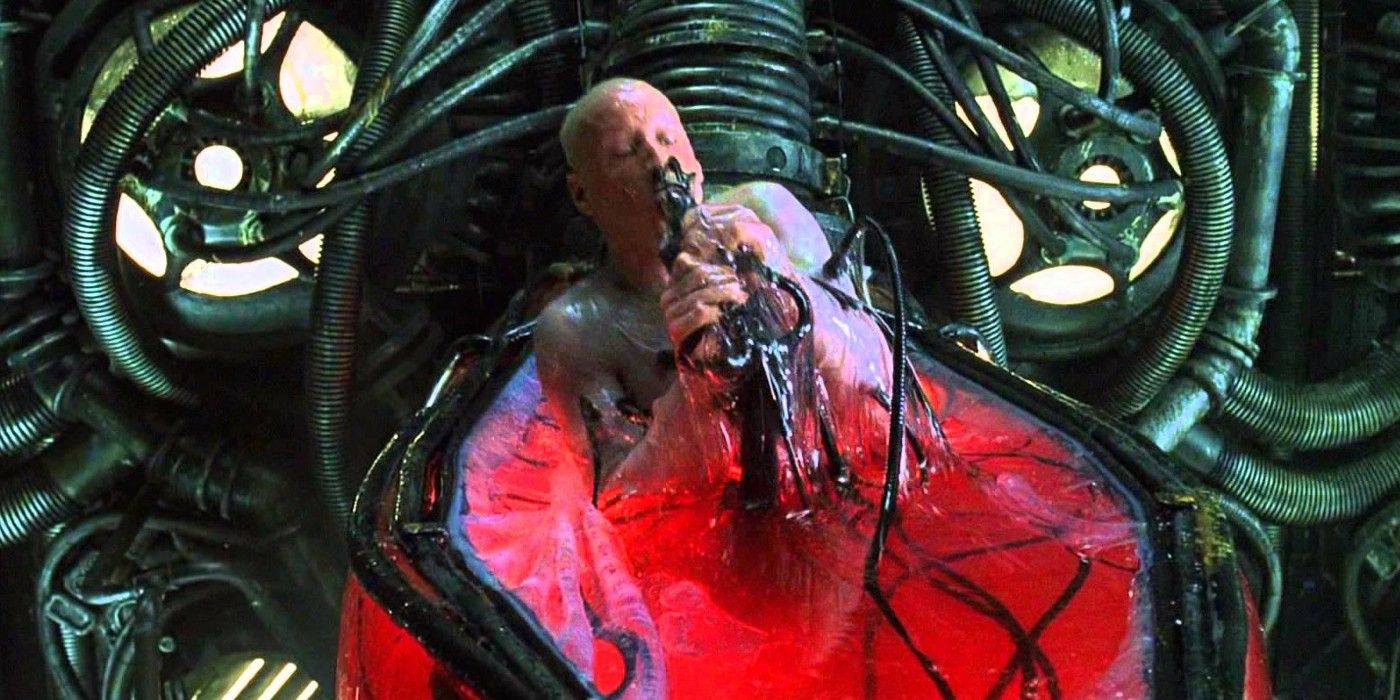1999's The Matrix first hit pop culture as a box office smash that introduced the world to a slew of fresh sci-fi concepts, but the film never explains why the Machines don't kill human characters when they "wake up." The Matrix franchise builds its intricately layered universe in a pretty short span of time overall; the aforementioned debut entry clocks in at a fairly average run of 136 minutes. However, despite packing an impressive amount of information and world-building into one installment, there seems to be a glaring plot hole within the film: its insidious machine villains don't kill humans right away when they wake up from the Matrix's illusions.
Written and directed by Lilly and Lana Wachowski, The Matrix is an extremely philosophical and symbolic project about the nature of reality and, among other concepts, certain existences/ways of life being falsely presented as one's sole course of action in society. The sci-fi-infused action movie famously stars Keanu Reeves as the Christ-like main character of Neo, who goes by the name of Thomas Anderson prior to his allegorical experience of waking up from the titular Matrix reality. Once Neo sees the manufactured world around him for what it really is, there's no going back to the unknowing bliss (despite how bland and unfulfilling it was) of his past life. He has no choice but to step into his prophecied role as "The One," a savior for the human species that is silently controlled by the Machines.
Despite The Matrix's thoughtful intricacy, fans have engaged in a good deal of online discussion about why Neo (and other humans who wake up) aren't killed by their Machine puppet masters. After all, a fierce-looking docbot quickly finds the protagonist and flushes him out of the system when he wakes up and disconnects from unreality. This seems to be a rather glaring, Neo-related Matrix plot hole of sorts, albeit one that's necessary to further the movie's plot where he and his allies fight to save the human race from a wasted, controlled existence. Some of the proposed answers to this seeming incongruence that make the most sense can be found on Science Fiction & Fantasy Stack Exchange. One fan's reply post reads, "As a matter of fact, the Doc Bot did attempt to kill him [Neo] almost immediately after it unplugged his ports, by flushing him down into a sewer where he would have drowned if there hadn't been a ship waiting for him. This seems to be standard procedure for any body that it reads as having been ejected from the Matrix..." Essentially, according to this thought process, the docbot did, in fact, try to kill Neo.
This sort of rationale appears to be the main consensus among Matrix franchise fans discussing these details, and it seems quite valid. Machines do, in fact, seem to have a routine procedure in place for the calculated disposal of humans who wake up. In fact, the way the Machine doesn't make 100% sure that Neo is actually dead doesn't seem to be a plot hole at all; it may very well be implied reasoning that stays true to the Matrix universe. Another fan post spells out this sentiment: "Unlike the sentinels, the Docbot's purpose is to monitor humans plugged into the Matrix and eject them if necessary. Machines do not stray from their purpose, so the Docbot did not kill Neo."
This explanation also makes sense, and gels very well with how heavily technology-infused The Matrix movies are. The docbot is simply following its programming, which instructs it to flush out humans that are no longer plugged in to the Matrix. Once that job is done, it's unlikely that Neo is on the docbot's radar at all. And, of course, any other human who wasn't a member of Morpheus' crew would undoubtedly die in this same type of scenario. Consequently, what seems to be a plot hole actually makes total sense within the universe of The Matrix.


